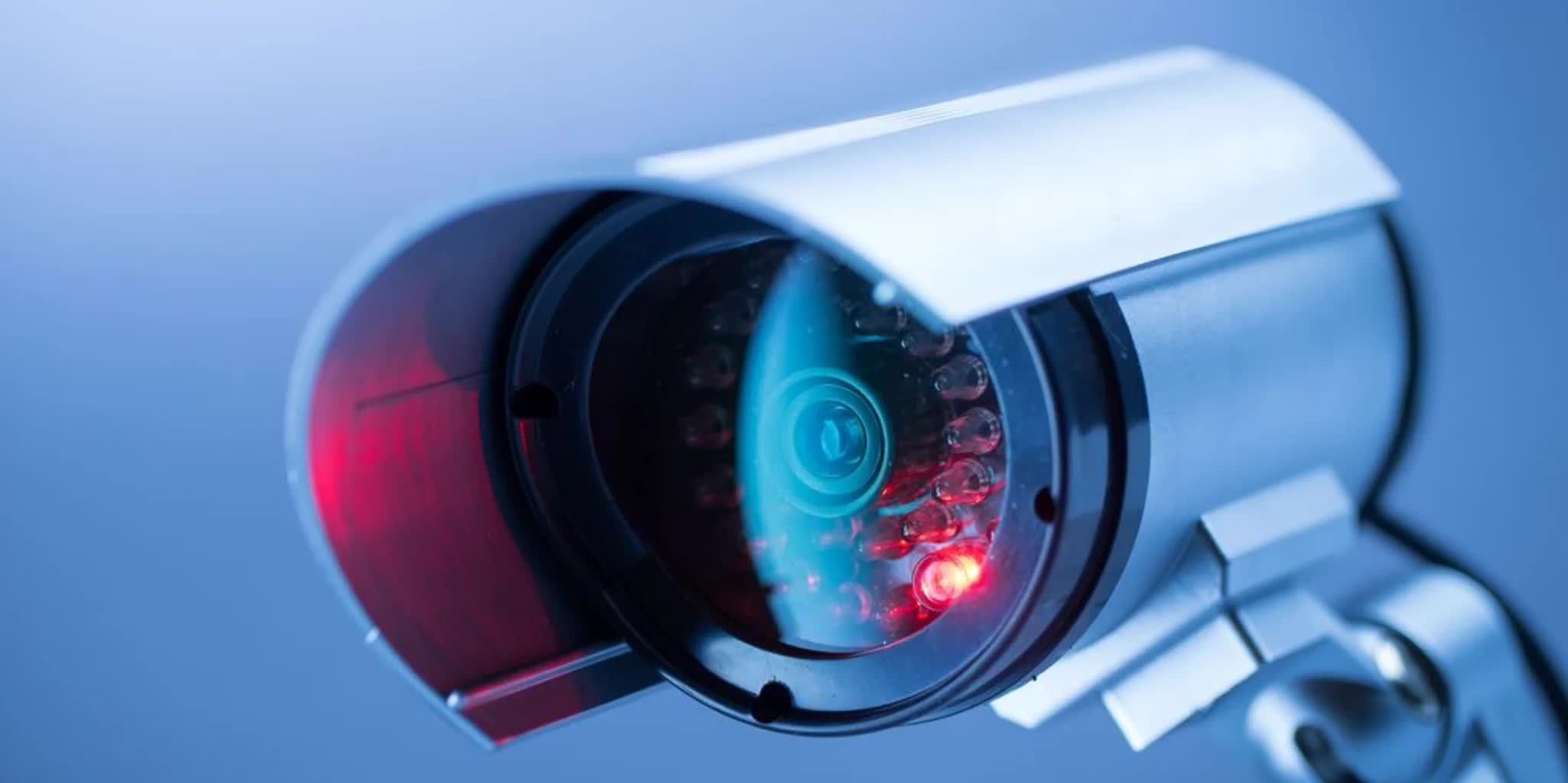WTF?! It turns out that Amazon has been doing some low-key people-watching at major transit hubs across the UK. Newly revealed documents show that over the past couple of years, the e-commerce giant's artificial intelligence software scanned the faces of thousands of rail passengers in the country to analyze their ages, genders, emotions, and more.
The AI surveillance trials took place at eight train stations in Britain, including huge terminals such as London's Euston and Waterloo, as well as Manchester Piccadilly station. The tests were overseen by Network Rail, which runs rail infrastructure in the UK, with the goal of reducing crime by quickly alerting staff about safety incidents.
The systems were trained to automatically detect people trespassing on tracks, overcrowding on platforms, potential criminals like bike thieves, and even "antisocial behavior," which covered the likes of running, shouting, skateboarding, or smoking. Separate sensor trials looked for slippery floors, overflowing trash bins, and clogged drains that could cause a mess.
To do all this, Network Rail hooked up a blend of smart cameras that can spot objects and movements in their video feeds, as well as older CCTVs connected to cloud-based computer vision from Amazon's Rekognition software. Rekognition is a cloud-based computer vision platform that uses deep learning to analyze images and videos with advanced capabilities like object, text, and facial recognition.

The details come from documents obtained through a Freedom of Information request by the civil liberties advocacy group Big Brother Watch. The files note that between 5 and 7 AI cameras or sensors were installed at each station for the trials as of April 2023.
Unfortunately, there was more to the surveillance than just ensuring safety. The documents reveal the AI could use images of people to generate "statistical analysis of age range and male/female demographics." It was also capable of analyzing emotions like happiness, sadness, and anger by scanning facial expressions. One spreadsheet even listed 50 potential use cases for the AI monitoring systems, though not all were necessarily tested.
Images were captured when people crossed a "virtual tripwire" at ticket barriers, then sent to Amazon's Rekognition for analysis. One idea flagged in the documents was using this data to optimize advertising and increase retail revenue based on measuring passenger satisfaction.
A Network Rail spokesperson told Wired that the agency takes rail security extremely seriously and uses advanced tech like AI "to protect passengers, our colleagues, and the railway infrastructure from crime and other threats."
However, privacy advocates argue there's been a lack of transparency around applying AI surveillance systems in public spaces like transit hubs. The potential for misuse of personal data – like demographic and emotional profiling for advertisement targeting – becomes especially real when large corporations are involved.
